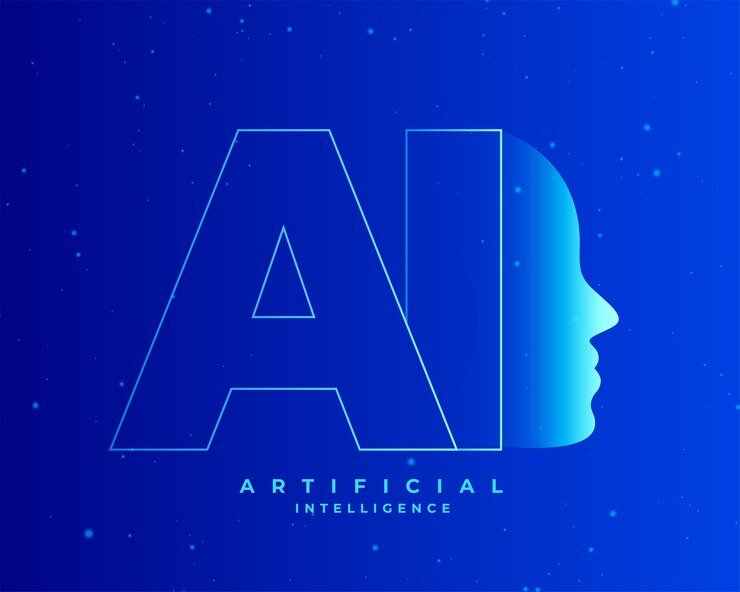Introduction
In today’s tech-driven world, artificial intelligence (AI) is playing an increasingly central role in various industries. From automating customer service to making complex data analyses more efficient, AI’s impact is undeniable. However, with its growth comes the need for tools to monitor and verify its usage. Here’s where ai detector are useful. An AI detector helps identify AI-generated content, providing transparency and accountability in AI applications. This article explores the functionality of ai detector, their benefits, and why they are becoming essential tools in the digital age.
What is an AI Detector?
Definition and Purpose
An AI detector is a tool or software that identifies content or actions generated by artificial intelligence models. This could include written text, images, or other outputs created by AI algorithms. The purpose of these detectors is to distinguish human-generated content from that of AI, ensuring that users know when AI has been involved in producing a piece of content.
How Do AI Detector Work?
AI detector function by analyzing patterns and features within the content that are indicative of AI-generated output. For example, they may detect repetitive language, overuse of certain phrases, or other structural anomalies that AI models commonly produce. These tools use machine learning algorithms themselves, comparing input data against a large database of known AI-generated patterns.
Importance of AI Detector
1. Ensuring Content Authenticity
With the rise of AI-generated content, such as AI-written articles, blog posts, or even social media updates, the line between human and machine-generated content can blur. AI detectors help maintain content authenticity by verifying if a piece was produced by a human or AI. This transparency is particularly important in journalism, academia, and online reviews where the source and authenticity of information matter greatly.
2. Combating Misinformation
AI models, especially those like text-generating bots, have the potential to create misinformation at scale. By identifying AI-generated content, AI detector can play a crucial role in curbing the spread of false information. For example, social media platforms can use these detectors to flag AI-generated fake news or misleading posts, thus maintaining the integrity of online information.
3. Supporting AI Ethics and Accountability
As AI becomes more embedded in daily life, questions about its ethical use arise. By holding developers accountable, AI detector aid in encouraging the appropriate usage of AI. When an AI detector identifies that content is AI-generated, it prompts transparency, making users aware of the role AI played in content creation. This is especially relevant in sectors like education, where students might use AI for writing assignments, and plagiarism becomes a concern.
Common Applications of AI Detector
1. Academic Integrity
Universities and educational institutions use AI detectors to ensure that essays, reports, and research papers are genuinely written by students and not produced by AI tools. This preserves the caliber and legitimacy of scholarly work.
2. Content Moderation on Social Media
Social media platforms use AI detectors to identify bot-generated posts, spam, and other unwanted content. This ensures a more authentic and user-friendly experience for social media users by reducing automated and potentially harmful content.
3. Fraud Detection in Financial Services
In the financial industry, AI detectors can identify fraudulent activities that might be initiated by AI-driven bots. This helps banks and financial institutions maintain the security of transactions and accounts by recognizing suspicious patterns that may indicate fraud.
See more article, ki detector
How to Choose the Right AI Detector
1. Accuracy and Reliability
When selecting an AI detector, it’s crucial to look for one with high accuracy and reliability. The tool should be able to effectively distinguish between AI-generated and human-generated content without frequent false positives or negatives.
2. User-Friendly Interface
A good AI detector should be easy to use, even for those who are not tech-savvy. It should have a user-friendly interface that allows quick uploads of content and provides clear results.
3. Integration Capabilities
For businesses, choosing an AI detector that can integrate with existing systems or software is essential. For example, social media platforms or academic tools might require API integration to work seamlessly with the detector.
Future of AI Detector
Given how quickly AI is developing, the future of AI detectors appears bright. As generative AI becomes more sophisticated, AI detectors will need to adapt to detect increasingly complex AI outputs. Continuous advancements in machine learning and natural language processing will make these detectors even more precise, enabling them to handle nuanced content analysis. Additionally, as regulations around AI use tighten, AI detectors will become essential for compliance with new standards, especially in content creation and distribution.
Conclusion
AI detector are essential for preserving openness, genuineness, and moral AI use in a variety of industries. They ensure that the line between human and AI-generated content remains clear, helping to combat misinformation and uphold integrity in fields like academia and online media. As AI technology continues to advance, the role of AI detector will only become more significant, making them indispensable tools in the era of artificial intelligence.
See more related article, click here
















Leave a Reply